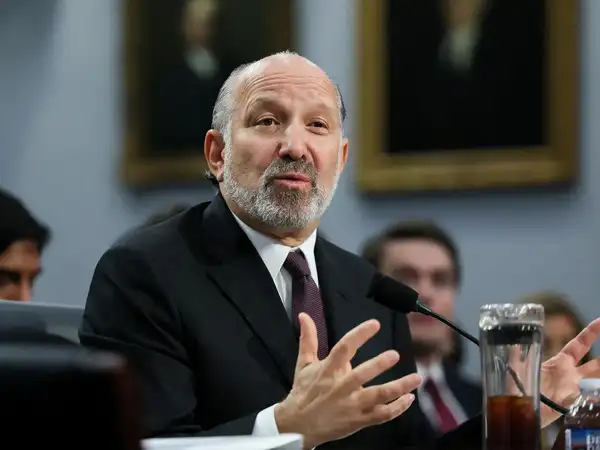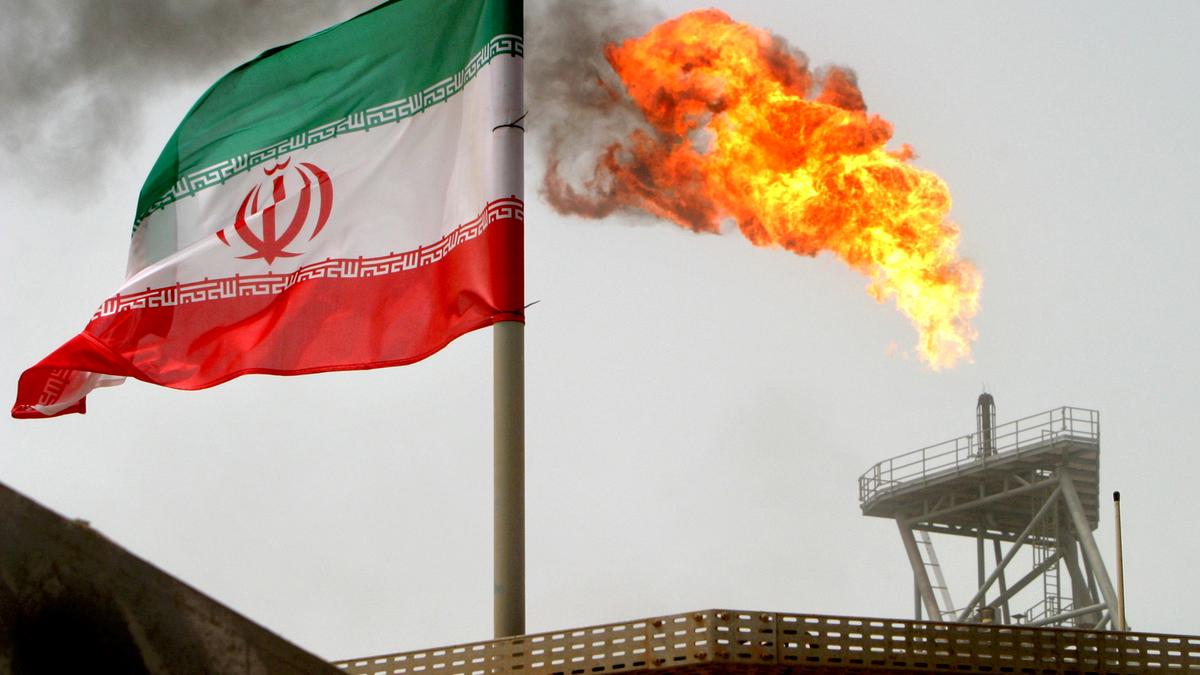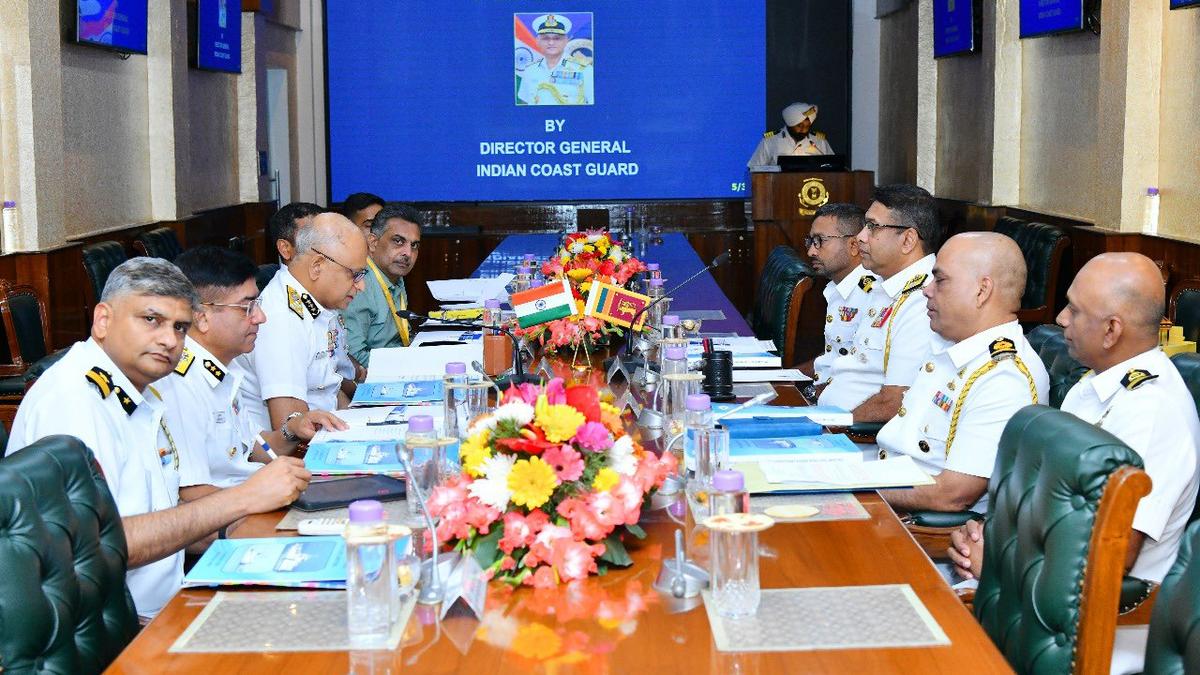Description
Context: A week after the first Leaders’ Summit of the Quadrilateral Framework, held on March 12, the message of the virtual meeting between leaders of Australia-India-Japan-the United States was delivered directly to Beijing, as U.S. Secretary of State Antony J. Blinken and Yang Jiechi, Chinese Communist Party Politburo met in Anchorage, Alaska.
Message from the summit:
The message was broadly a three-pronged one:
- “America is back” in terms of its desire to play a leading role in other regions,
- It views China as its primary challenger for that leadership, and
- The Quad partnership is ready to mount a counter-challenge, albeit in “soft-power” terms at present.
Vaccine diplomacy:
- The vaccine initiative is a major boost for India’s pharmaceutical prowess, which has already been proven during the current pandemic.
- India is not only the world’s largest manufacturer of vaccines (by number of doses produced and sold globally), it has already exported 58 million doses to nearly 71 countries worldwide as commercial shipments, grants and those funded by the Gavi COVAX initiative.
- Manufacturing a billion doses for South East Asia (under the Quad), over and above its current international commitments, as well domestic goals to vaccinate 300 million people as originally planned by September will require a major ramp up in capacity and funding, and will bear testimony to the power of Quad cooperation.
- Issue:
- The effort could have been made much easier had India’s Quad partners also announced dropping their opposition to India’s plea at the World Trade Organization, which it filed along with South Africa in October 2020, seeking waiver from certain provisions of the Agreement on Trade-Related Aspects of Intellectual Property Rights for the prevention, containment and treatment of COVID-19.
Climate change:
- India has welcomed the return of the U.S. to the Paris accord.
- Biden might also consider joining the International Solar Alliance, founded by India and France.
- Issue:
- While Mr. Biden has promised to restart the U.S.’s funding of the global Green Climate Fund India still awaits a large part of the $1.4 billion commitment by the U.S. to finance solar technology in 2016.
Technologies:
- The Quad working group set up to cooperate on critical technologies, India will welcome any assistance in reducing its dependence on Chinese telecommunication equipment and in finding new sources of rare-earth minerals.
- Issue:
- Attempts by Quad partners to weigh in on international rule-making on digital economy, or data localisation which had led New Delhi to walk out of the Japan-led “Osaka track declaration” at the G-20 in 2019.
Handling China:
- India is the only Quad member not a part of the military alliance that binds the others, the only Quad country with a land boundary with China, and the only Quad country which lives in a neighbourhood where China has made deep inroads.
- Indian officials are still engaged in LAC disengagement talks that have thus far yielded only a phase-1 disengagement at Pangong Lake; they have a long way to go to de-escalation or status quo ante.
- The violence at the LAC has also left three long-term impacts on Indian strategic planning:
- First, the government must now expend more resources, troops, infrastructure funds to the LAC than ever before, in order to leave no part of the once peaceful LAC unmanned and ensure no recurrence of the People's Liberation Army April 2020 incursions.
- Second, India's most potent territorial threat will not be from either China or Pakistan, but from both, or what the Indian Army Chief Manoj Mukund Naravane called a “two-front situation”.
- Third, that India’s continental threat perception will need to be prioritised against any maritime commitments the Quad may claim, especially further afield in the Pacific Ocean.
Conclusion:
- The Quad’s ideology of a “diamond of democracies” can only succeed if it does not insist on exclusivity in India’s strategic calculations.
- India’s choices for its Quad strategy will continue to be guided as much by its location on land as it is by its close friendships with fellow democracies, the U.S., Japan and Australia, across the seas.
https://www.thehindu.com/todays-paper/tp-opinion/the-message-in-alaska-from-washington-to-beijing/article34113989.ece







